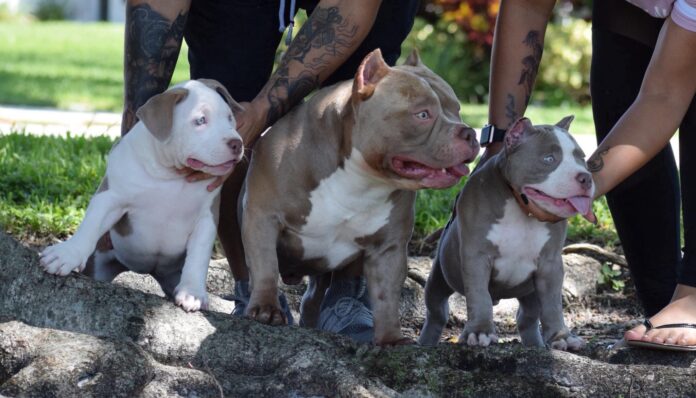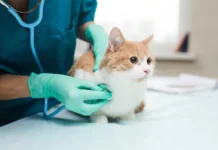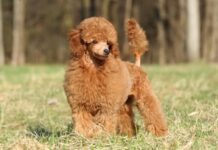Finding a stud dog is pretty easy, but locating a suitable stud dog is challenging. But thanks to the internet, things are more accessible. Most importantly, you need to understand your female dog and its traits to know precisely what you are looking for. It goes a long way in minimizing the stress you will encounter trying to locate the perfect stud to mate your female dog. But don’t worry, here are some tips to help you choose the best stud dog.
Understand the strengths and weaknesses of your female dog
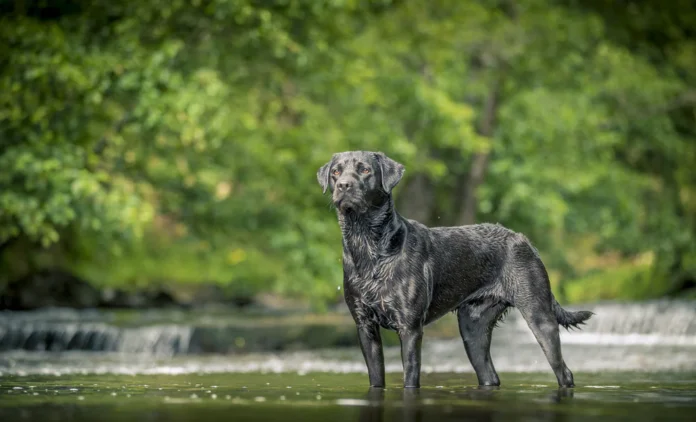
First things first, know your female dog in and out. You need to understand its good and bad points to prioritize what you are looking for in a stud dog. You have to be objective when assessing your dog, no matter how much you love it. Remember that you have low to zero chances of locating a stud that compliments your female dog 100%.
Your only chance is to identify its weak points and look for them in the stud dogs you find. It is wise to only focus on studs that have previously corrected the same weak traits when bred to other female dogs.
Research extensively about the inheritance of the weak traits
Secondly, do your homework. You must extensively research your dog’s weak characteristics to find their source. This is sensible if you want to eliminate them. If your bitch inherited the weak trait as a simple dominant, the resulting breed might not correct it even if the stud dog doesn’t have the trait.
On the other hand, if the inherited trait is a simple recessive, the stud can correct it only if it doesn’t exhibit the traits. But there are no assurances here. Just like humans, some puppies may still inherit the weak traits.
Also, if the weak trait was inherited through several characteristics, the stud dog may correct it partially. The best way to look at this is to evaluate the dog’s ancestors, if possible, to find out what hidden genes they carry.
Be flexible, and don’t just look at one line
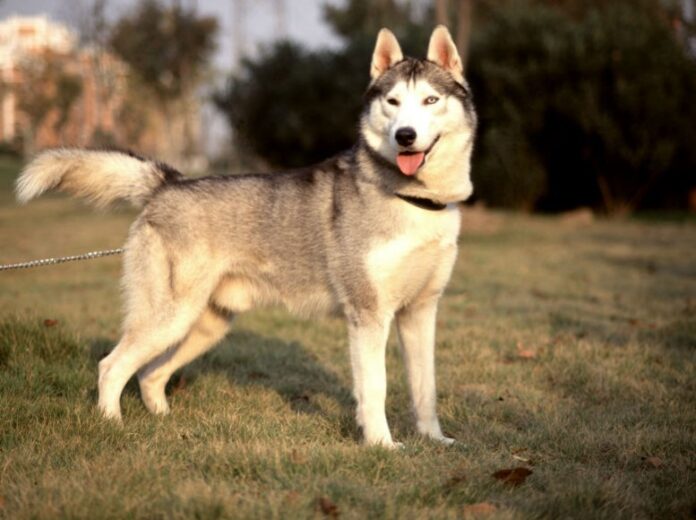
Open up your eyes to other lines as well. Remember that the stud handlers also make great dog breeds out of mediocre ones. Just because a stud is a big winner doesn’t mean that it is the best. Being flexible allows you to discover hidden treasures that no one else has noticed. Most importantly, be objective in your judgment. Go for it as long as you have done your due diligence and confirmed that the stud has a higher chance of correcting or eliminating any weak traits in your dog.
Calculate the coefficient of inbreeding
The coefficient of inbreeding measures how likely a recessive allele will double up in one of the puppies. In simple words, it estimates how inbred the puppies will turn out. It is a good way of calculating the risks involved in inbreeding. You should prioritize studs with a smaller coefficient, particularly below 10%.
Why? Because most genetic health problems are passed from parent to puppy, you have a higher chance of healthier puppies when you use studs with a lower coefficient of inbreeding. For more details, check out perfect poochies.
Consider older studs instead of the younger ones
Although there are some cons to using an older stud, you are much safer using an older stud than a younger one. The reason is that an older stud is old enough to manifest any hereditary conditions. In contrast, a younger stud may not have displayed inherited diseases yet, and you may end up with pups with hidden traits you are not aware of. However, the sperm count for older studs may be low.
The breeder’s location matters
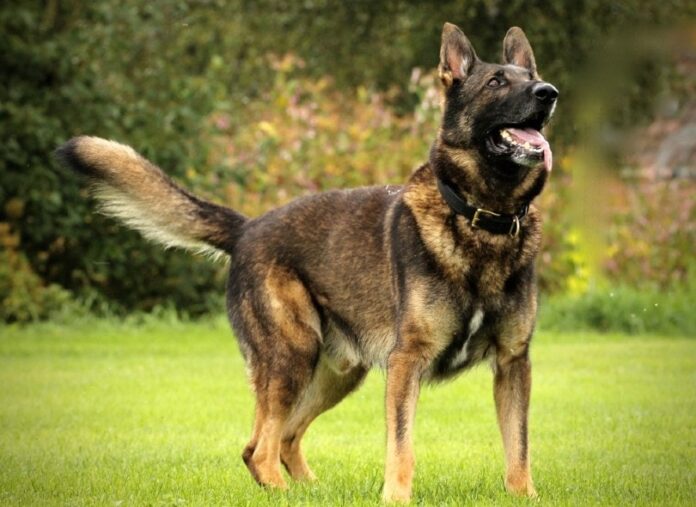
Although it may not be a significant consideration, it doesn’t make any sense to choose a breeder so far away that you will have to ship your dog by air or even reschedule your routine to facilitate that. Although chilled semen is also an option, extra charges apply for collecting, chilling, shipping, and inseminating. If you don’t have much money, choosing a breeder near your location is better.
Avoid overused studs
Everyone wants to use a famous sire, and it is tempting. But it may not be the best idea, especially if you intend to breed several generations. Ensure you switch things a little bit to avoid ending up with similar genes.
Evaluate the prospective studs in person
It is never wise to only rely on online photos of the stud. Remember that pictures can be edited, and you cannot assess some traits of the dog by just looking at the pictures. It is best to plan a visit and see the prospective studs in person. Alternatively, you can attend a premier event if you are looking for a performance dog. That will prevent you from putting your dog to a stud that may be too aggressive or shy or making other mistakes.
Review the stud’s genetic results
When you see the stud in person, ask to see its genetic results. Note that this goes both ways. If you use the stud, the owner will also want to see your bitch’s genetic results. Enquire about the health and lifespan of the stud to know if there is anything you missed. You should engage a stud owner or breeder willing to give this information because they understand why it is crucial.
Read the breeding terms
What are the boarding costs for taking care of your dog if it will stay with the stud? Does the stud owner need a pup in return? At what age do they need the puppy? Which pre-breeding tests are required? You can find the answers to these questions by reading the terms or asking the stud owner. Many of them will need a pup after the breeding, in most cases the second one, so you should be prepared for that.
The final words
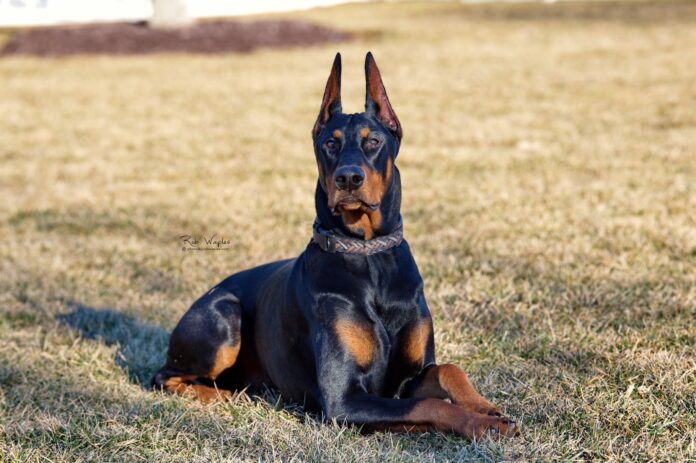
Like humans, no stud dog is perfect, and therefore the most important thing is to do your due diligence to increase the probability of perfect puppies.
